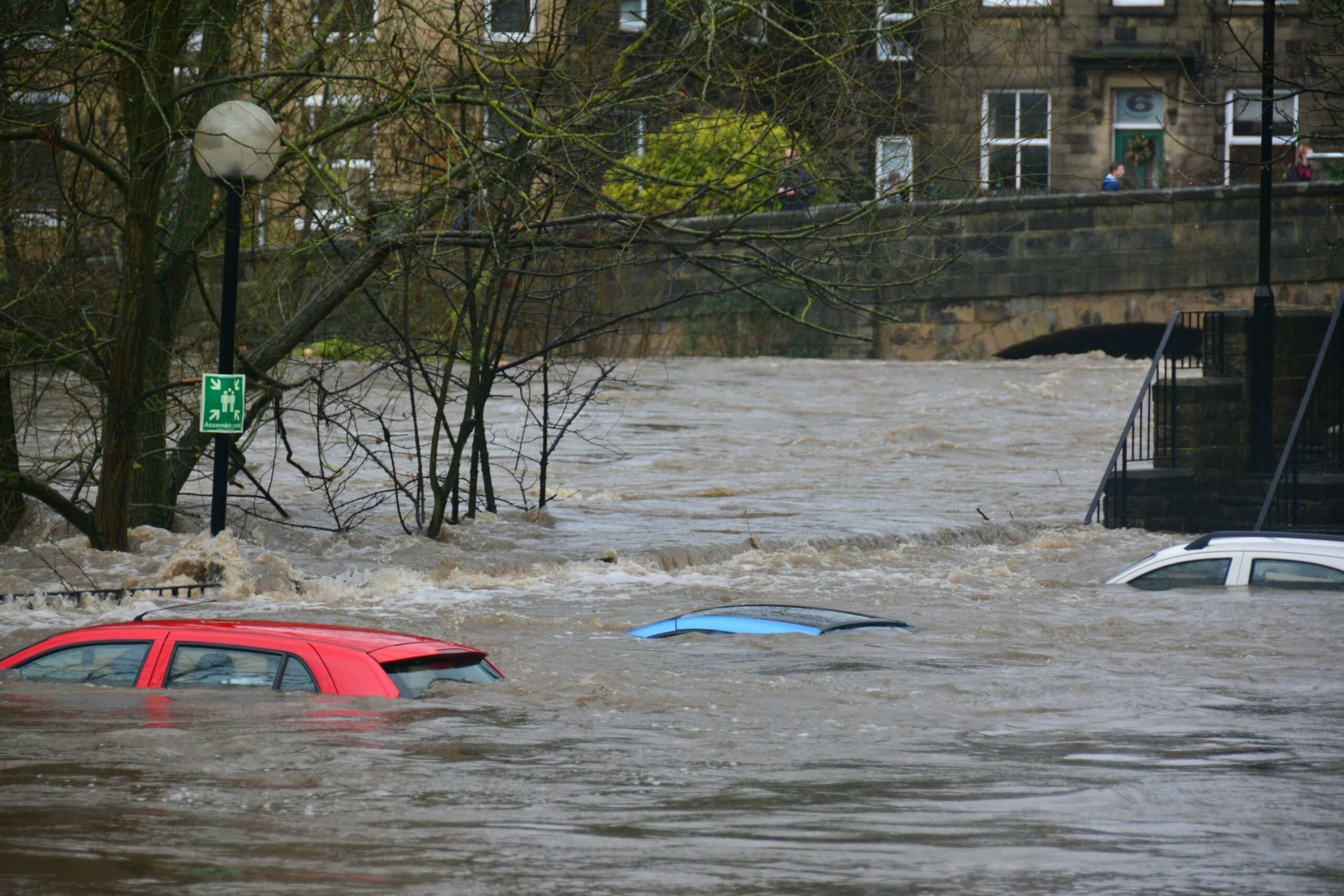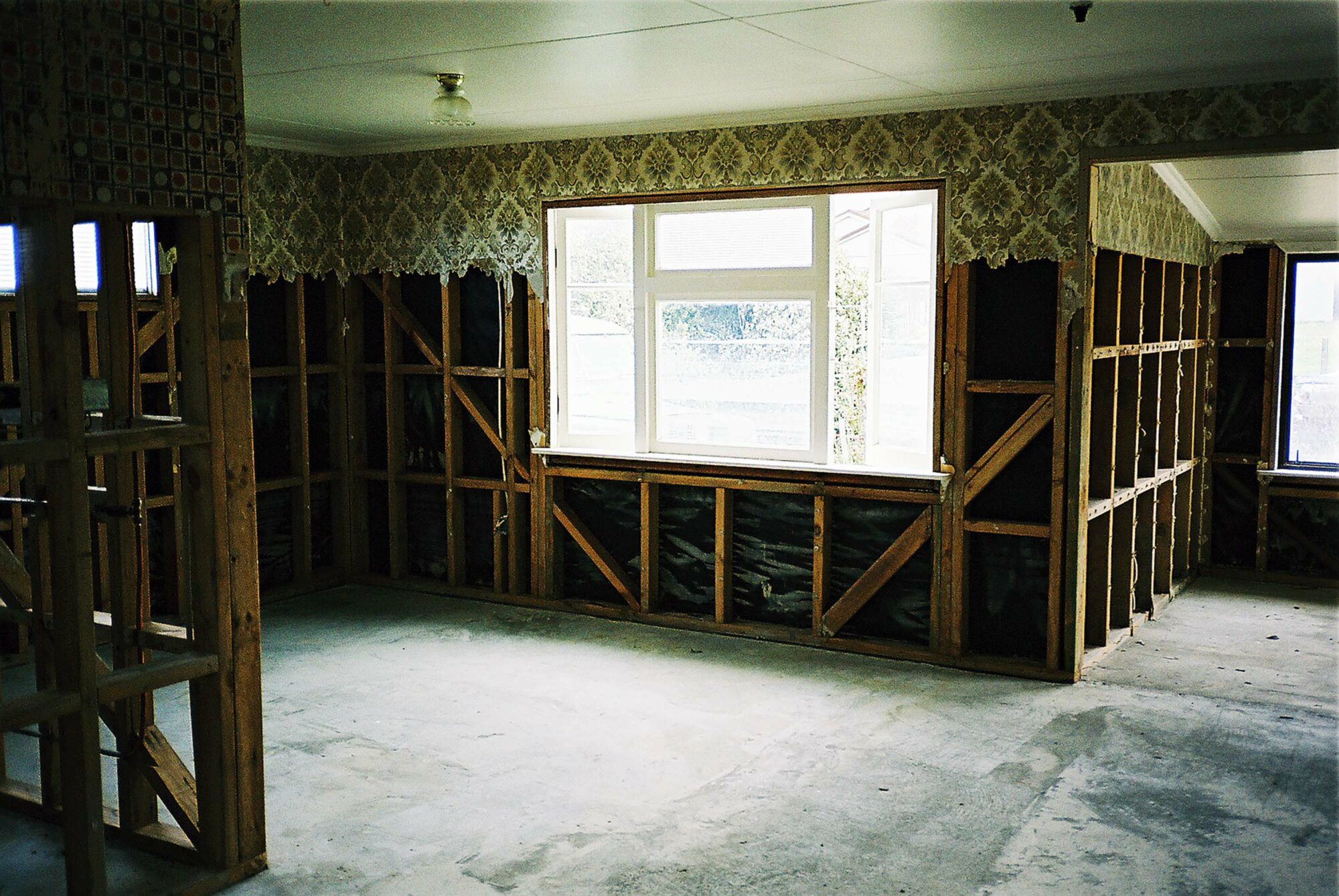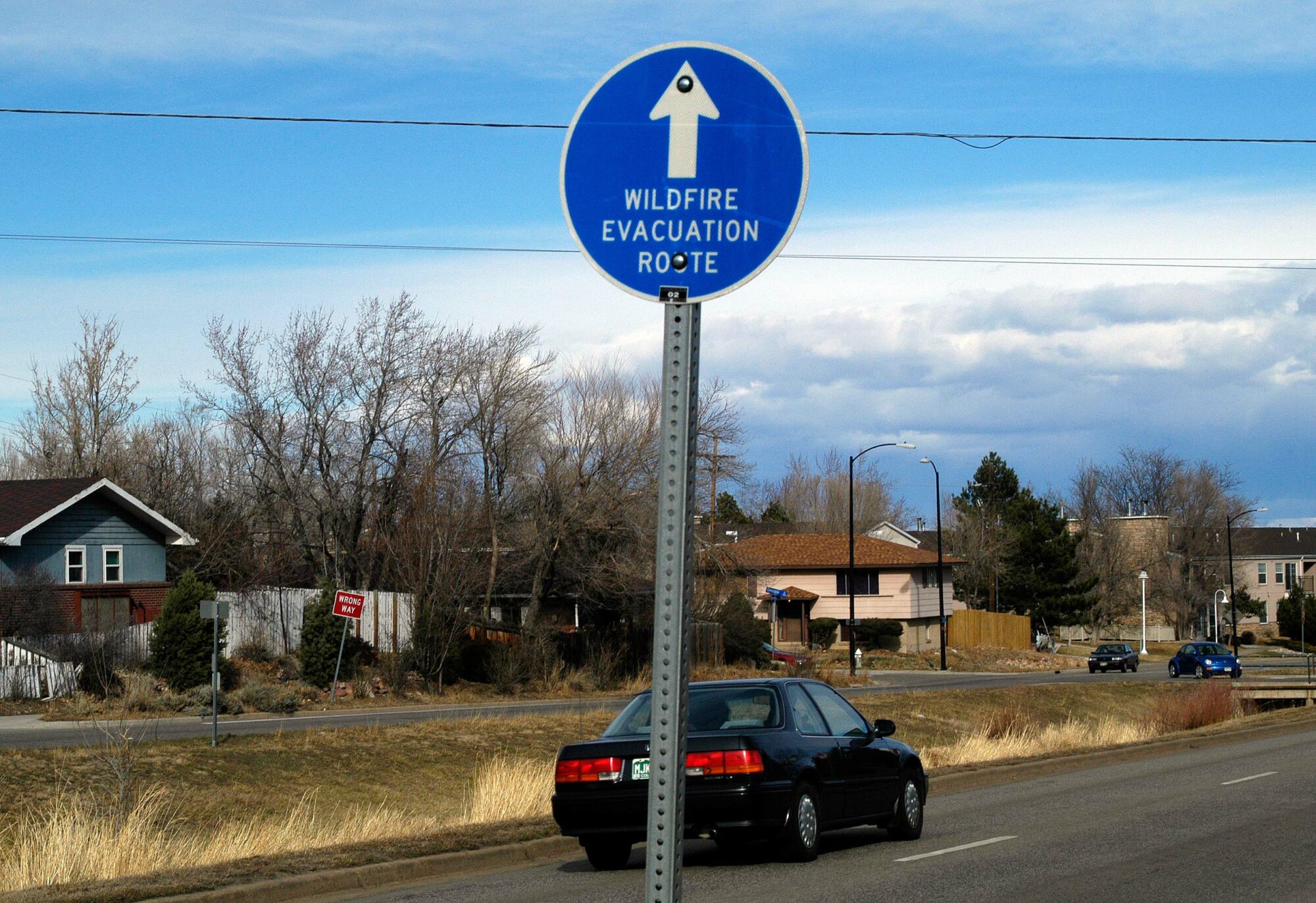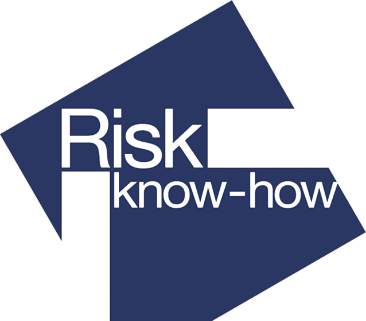To prevent disasters, it is helpful if residents can grasp and teach risk concepts and be empowered to make informed decisions and to help others.

Bingley Floods 2015 Boxing Day – Brown Cow Bingley. Credit: Chris Gallagher on Unsplash
Over many years, I have researched various disasters and risks, including islands dealing with volcanic eruptions, wildfires around the world and migration potentially due to climate change, among many others.
These are some of my thoughts on how understanding some risk concepts helps us frame effective discussions about and strategies against disasters.
Often, people believe that disasters are caused by hazards such as floods, earthquakes, or vegetation fires, but more often this is not the case. Instead, disasters are typically caused by people and institutions being unable to deal with these environmental phenomena.
When discussing and making decisions to prevent disasters, it is crucial to address the actual risk factors, such as human behavior and social contexts, to tackle effectively the true causes.
Identifying the real risk factors shapes the interpretation of the problem
The following points are scenarios that I have examined in my years of experience studying risks and disasters.
- Individuals might be forced to inhabit floodplains without having resources or opportunities to implement flood risk reduction measures long before a flood manifests, as shown in the image bellow.

A post-flood house in Scott’s Ferry, New Zealand, highlighting the vulnerability of a residence in a flood-prone area where inhabitants live without essential risk reduction measures. Credit: Ilan Kelman
- People might choose to live in floodable areas because they like the view and recreational amenities.
- People might purchase flats or offices in buildings which do not adhere to a seismic design code, even though it was signed off as doing so.
- Different languages may hinder individuals from registering for fire warnings.
- People might be aware about the impending fire danger and know how to evacuate as indicated by the signs in the image below. However, having experienced harassment and assault in the previous emergency shelter, they may choose not to evacuate this time.

Sign indicating a wildfire evacuation route in Boulder, Colorado, USA. While having signs is useful, they do not guarantee that people will act accordingly; for instance, previous negative experiences during evacuations could deter individuals from doing so. Credit: Ilan Kelman
It is essential to recognize that even when risk factors are well-defined, not everyone can adopt the same preventive measures. Some lack options for risk reduction, while others consciously choose not to exercise available options. Both situations should be considered by people and institutions working on preventing disasters.
Distinguishing correlation vs causation is important to understand disasters
Scenarios such as the ones above help to understand people and institutions who reduce risk, those who have no options for adopting risk reduction measures, and those who have options yet make conscious decisions not to exercise those options.
In these analyses, hazard strength is often poorly correlated with disaster severity, since hazard strength is usually not the cause of the disaster or its severity. Understanding concepts such as correlation and causation ensures that the real causes of disasters are accepted, so that actions redress the real causes.
So what can help with risk know-how?
For me, a fundamental concept of risk know-how becomes that the phrase ‘natural disaster’ should not be used. Disasters do not come from nature, rather resulting from individual and collective choices or lack thereof.
About the author
Ilan Kelman is Professor of Disasters and Health at University College London (UCL) and the University of Agder (UiA) and an expert in disaster risk. He researches disasters, islands, health, migration, inclusivity, polar areas, development, and sustainability, all including climate change. He also co-leads Disasters Avoided, a project that connects with people around the world to find out how disasters can be avoided.

